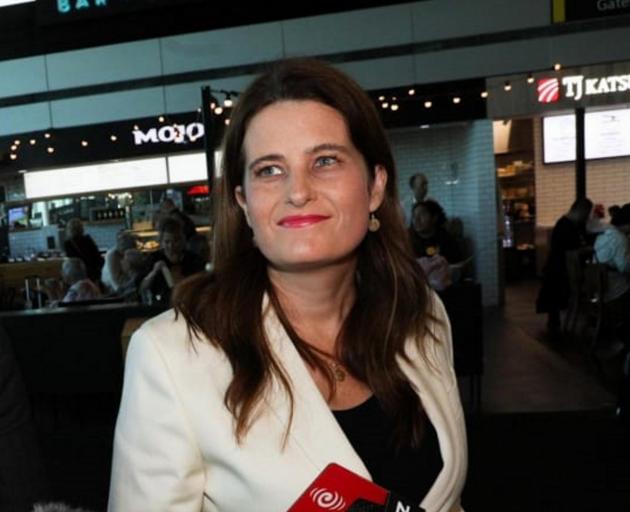
Somehow the next Budget will provide "tax relief" for households while also reducing revenue from other sources, notably by reinstating mortgage interest deductibility for landlords.
Somehow, it will stay on track to a surplus in 2027 despite demands for extra spending, including from coalition partners as well as climate change impacts, further cleanup from February floods and infrastructure.
Somehow it will play its role in taming inflation while putting returning tax into people’s pockets.
As if all this, and more, was not hard enough, along came strong evidence of a slowing economy in the latest GDP figures. The fall was 0.3%, and earlier calculations were revised downwards.
The 0.3% for the last measured quarter becomes 0.9% per person when accounting for net migration of 120,000. In other words, the economy is going backwards.
This might be the medicine required to cleanse internal inflation. This destructive beast has been rampaging and was always going to be severe to corral.
But this contraction is ugly for the books. Less spending cuts GST income. More unemployment reduces income tax and increases benefit payments. Lower company profits trim company tax.
Ignoring all the politics around alleged fiscal cliffs left behind by former finance minister Grant Robertson and his crew, there is no doubt the government’s financial position has worsened over recent months.
Nonetheless, as Ms Willis said again in her "mini-budget" announcements on Wednesday, the government remains committed to its "meaningful" tax relief.
The government was wise in minimising announcement expectations because to call it a "budget" of any sort is an elongated stretch.

She also confirmed the plan to link main benefits to consumer price index inflation by April 1. This was predicted to save money and make beneficiaries worse off than the link to wages introduced by Labour.
Ironically, if inflation continues to be "sticky" — and official predictions about the speed of falling inflation so far have been incorrect — beneficiaries could profit vis-a-vis the alternative and the government spends more. Longer-term, nevertheless, it would be surprising if wage growth lagged inflation.
Even under Ms Willis’ scenarios, she admits the return to surplus in 2027 would be "wafer thin".
Clearly, the government is relying on grinding down public service spending and the headcount. Because frontline services — like the numbers of teachers, nurses and police — cannot be reduced, this will be all the more difficult.
Immigration adds pressure. Additional people create the need for more services across the board, including, of course, for more houses.
However, growth in the public service across many areas has been substantial. It is all too easy to justify the need for more support, more analysis, more policy, more staff. It is all too easy for managers to try to build their base and power and increase the bureaucracy and the rules.
The $40,000 farewell for the chief executive of the Ministry of Pacific Affairs this year was a stark exemplar of profligacy and entitlement.
As citizens cut their spending, sympathy will increase for the government putting the squeeze on its costs.
The downside, of course, is that many worthy projects are slimmed down. Each will affect someone, somewhere. Each will prompt negative reactions.
Already, the Otago Daily Times yesterday reported on two such cuts; doubt over a road safety initiative at Andersons Bay School and the cancellation of traffic lights and "improved accessibility" plans in north Oamaru.
If this week’s Treasury half-year update and the "mini-budget" illustrate little else, it demonstrates Ms Willis’ already constricted wriggle room is even tighter.












